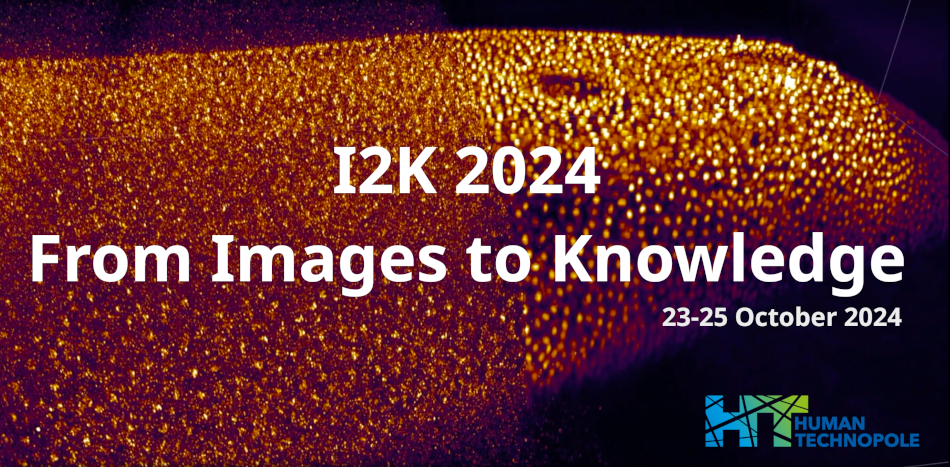Speaker
Description
Advanced cell cultures based on human stem cells are of great interest to improve human safety and reduce, refine, and replace animal tests when evaluating substances. Human induced pluripotent stem cells (hiPSCs) can be turned into beating heart muscle cells known as cardiomyocytes, which model the early developmental stages of the embryonic heart. It is essential to reliably identify these cardiomyocytes' beating area and frequency to detect any potential negative impacts on their ability to contract.
This study introduces a method for identifying and quantifying beating cells in microscopic videos of cardiomyocytes using the Lucas-Kanade method. Our approach is designed for high accuracy and is robust against typical potential confounders, ensuring reliable results. Empirical and theoretical analysis supports these claims and provides guarantees for the algorithm's performance. Our approach accurately reproduces the concentration responses of well-established developmental neurotoxic compounds and controls, demonstrating its potential for medium- or high-throughput in vitro screening studies. Therefore, our approach can be used to study compounds' effects on the embryonic heart's early developmental stages in an automated manner, and capture the underlying processes as quantitative measurements.
| Authors | Oleksiy Nosov*, Arif Dönmez, Saskia Galanjuk, Julia Tigges, Etta Zühr, Axel Mosig, Ellen Fritsche, Katharina Koch |
|---|---|
| Keywords | microscopic video analysis, computer vision, cardiomyocytes, hiPS Test, in vitro, hiPSC, embryotoxicity, developmental toxicity |

